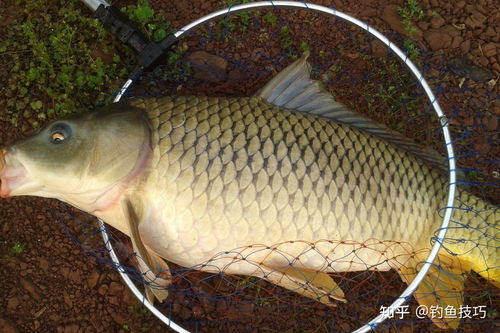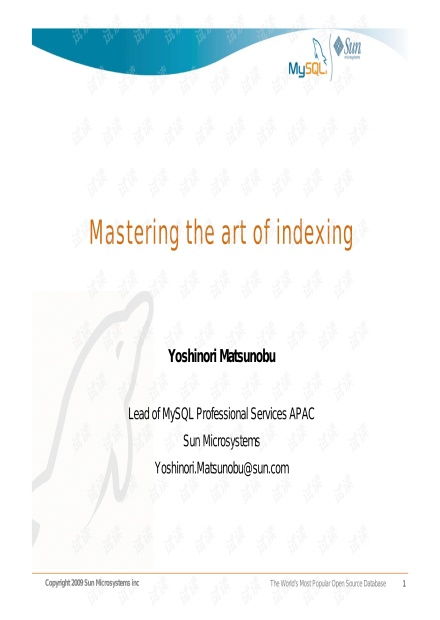Introduction:
Angling, an ancient pastime, has evolved into a beloved hobby for millions around the world. The thrill of catching a fish and the tranquility of spending time by the water are experiences that many anglers cherish. One of the most crucial elements in successful angling is the proper use of a fishing rod. In this article, we will delve into the essential techniques for how to correctly use a fishing rod, ensuring that your angling endeavors are both rewarding and efficient.
Understanding Your Fishing Rod:

Before we dive into the techniques, it's important to understand the components of a fishing rod. A typical fishing rod consists of the following parts:
- Handle: The grip where you hold the rod.
- Guides: Small rings that guide the line to the reel.
- Reel Seat: Where the reel is attached to the rod.
- Butt: The thick end of the rod.
- Tip: The thin end of the rod, which is most sensitive to movement.
Selecting the Right Rod:
The first step in mastering rod usage is selecting the right fishing rod for your needs. Consider the following factors:
- Length: The length of the rod should match the type of fishing you plan to do. Longer rods are ideal for casting over long distances, while shorter rods are better for close-range fishing.
- Action: The action of a rod refers to how it bends when pressure is applied. Fast-action rods are great for casting light lures, while slow-action rods are better for bottom fishing.
- Power: The power of a rod refers to its strength. Choose a rod with sufficient power to handle the fish you expect to catch.
Basic Techniques for Using a Fishing Rod:
Gripping the Rod:
- Hold the rod with a comfortable grip, typically with the index finger and thumb wrapped around the handle.
- Ensure that your grip is not too tight, as this can lead to fatigue and poor casting.
Casting:
- Begin by holding the rod with both hands, one at the reel seat and the other at the tip.
- Swing the rod back and forth in a smooth, controlled motion, releasing the line when the rod reaches the desired height.
- Practice different casting techniques, such as the overhead cast, sidearm cast, and roll cast, to find what works best for you.
Lining Up the Rod:
- Before casting, ensure that the line is straight and the rod is lined up with your target.
- This will help in achieving a more accurate cast and reduce the chances of line twist.
Reeling In:
- When a fish bites, reel in slowly and steadily to keep the line tight.
- Avoid reeling too fast, as this can cause the fish to break free.
Setting the Hook:
- When you feel a tug, immediately set the hook by lifting the rod tip sharply.
- This will ensure that the hook is properly engaged in the fish's mouth.
Playing the Fish:
- Once the fish is hooked, play it by reeling in when the fish moves away from you and letting it run when it moves towards you.
- Use the rod to guide the fish towards the boat or shore.
Advanced Techniques:
Trolling:
- Trolling involves moving the boat at a slow speed while dragging a lure or bait behind it.
- To use a fishing rod for trolling, attach the lure or bait to the line and let it trail behind the boat.
Jigging:
- Jigging involves quickly lifting and dropping a lure to mimic the movement of prey.
- Hold the rod at a 45-degree angle and use short, sharp movements to create a lifelike motion.
Fly Fishing:
- Fly fishing requires a different technique, involving the use of a fly rod and artificial flies.
- Learn the delicate art of casting with a fly rod and how to present the fly to fish effectively.
Conclusion:
Mastering the art of using a fishing rod is essential for any angler looking to improve their skills and catch more fish. By understanding the components of a fishing rod, selecting the right equipment, and practicing the basic and advanced techniques, you'll be well on your way to becoming a proficient angler. Remember, patience and practice are key to success, so enjoy the process and the beautiful moments by the water. Happy fishing!












